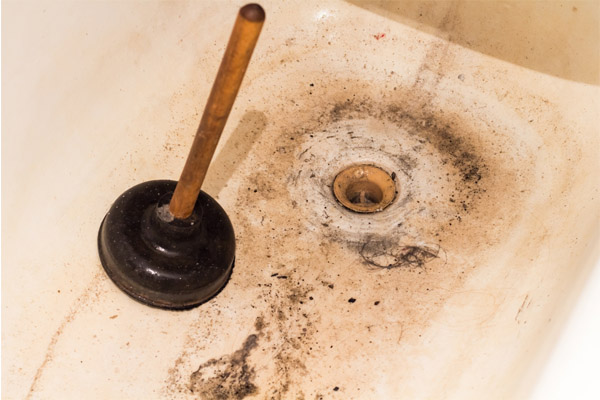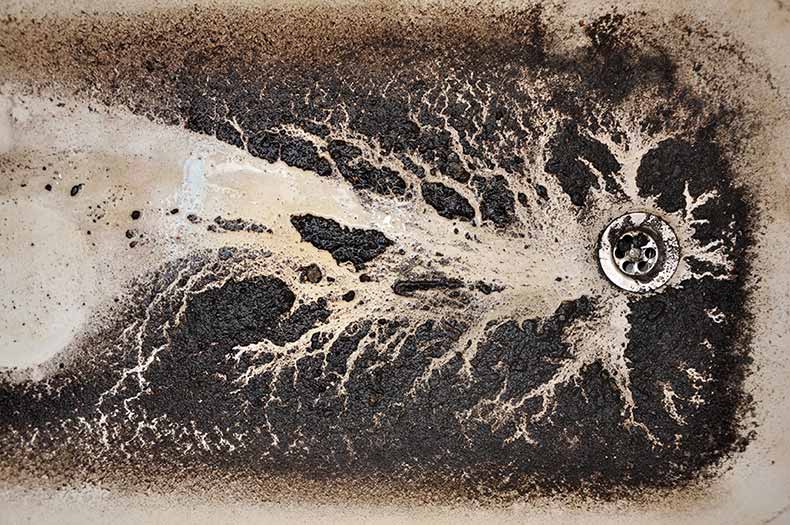Understanding the Phenomenon of Sewage Rising Through the Bathtub
Understanding the Phenomenon of Sewage Rising Through the Bathtub
Blog Article
Just about everyone maintains his or her own way of thinking about Why sewage is coming up through your bathtub.

Sewer back-up in the bathtub can be a distressing and unhygienic trouble for any type of homeowner. Not only is it bothersome, but it likewise poses major wellness threats and shows underlying problems with the plumbing system. Comprehending why sewer is coming up via the bath tub is crucial for taking suitable action to resolve the trouble efficiently.
Intro to the Problem
Understanding the Issue
When sewer starts backing up into the bathtub, it's a clear indication of a problem with the drainage system. The wastewater that should be flowing far from your home is rather discovering its way back right into your living space, which can lead to considerable damages and health hazards.
Possible Reasons
Several elements can contribute to sewage backup in the bath tub. From blockages in the sewage system line to concerns with the plumbing infrastructure, identifying the origin is crucial for discovering a remedy.
Typical Factors for Sewer Backup
Obstructions in the Drain Line
One of one of the most typical root causes of sewage backup is a clog in the drain line. This can happen because of the accumulation of particles, grease, or international objects in the pipes, stopping correct flow and triggering sewer to support right into your bath tub.
Tree Origin Invasion
Tree roots seeking moisture and nutrients can penetrate sewage system lines via tiny fractures or joints. With time, these roots can expand and expand, triggering significant damage to the pipes and leading to sewer back-up concerns.
Aging Framework
Older homes may have outdated plumbing systems that are a lot more prone to deterioration, cracks, and wear and tear. As pipes age, they end up being extra vulnerable to leaks and blockages, boosting the chance of sewage backup events.
Heavy Rainfall or Flooding
Throughout durations of heavy rainfall or flooding, the drain system may come to be overwhelmed with excess water, causing back-ups and overflows. This can result in sewage supporting into tubs and other fixtures inside the home.
Health And Wellness Dangers Related To Sewer Backup
Contamination of Water
Sewer backup can infect the water supply in your home, presenting a serious health risk to you and your household. Exposure to contaminated water can lead to gastrointestinal issues, skin infections, and other illnesses.
Spread of Condition
Sewer contains damaging microorganisms, infections, and parasites that can cause a variety of diseases, including hepatitis, cholera, and gastroenteritis. Entering into contact with sewer or contaminated surface areas puts you in jeopardy of infection.
Mold and mildew Development
Dampness from sewer backup can create excellent conditions for mold and mildew development in your house. Mold and mildew spores can aggravate respiratory system problems and trigger allergic reactions in delicate people, making prompt cleanup important.
Indications of Sewer Backup
Foul Odors
Undesirable odors rising from drains or components, specifically in the restroom, might show sewer back-up problems. These smells are frequently solid and consistent, signifying an issue that calls for prompt attention.
Slow Draining Fixtures
Tubs, sinks, and toilets that drain gradually or not in any way could be experiencing sewer backup. If multiple components are impacted simultaneously, it's most likely that the issue originates from an usual point, such as the main drain line.
Gurgling Noises
Unusual gurgling or bubbling sounds coming from drains pipes when water is running in other places in the house are a measure of air trapped in the plumbing system. This air accumulation can result from sewer back-up and should be explored without delay.
Immediate Actions to Take
Turning Off Water System
In the event of sewage backup, it's important to switch off the water system to stop further contamination and damages. Situate the primary water shutoff valve in your house and closed it off up until the problem can be dealt with.
Contacting a Professional Plumber
Managing sewage back-up is not a do it yourself job. Get in touch with a licensed plumber with experience in handling sewage-related problems to evaluate the situation and do needed repair work or clean-ups.
Staying Clear Of Contact with Polluted Water
Until the sewage backup is solved, prevent contact with polluted water to stop the spread of germs and microorganisms. Wear protective gear if you should remain in the affected location and wash your hands extensively afterward.
Preventive Measures
Normal Maintenance of Drain Lines
Arrange normal assessments and maintenance of your sewer lines to recognize and address possible concerns prior to they rise right into major problems. This can consist of clearing out debris, checking for tree root breach, and repairing any broken pipes.
Mounting Backwater Valves
Think about setting up backwater shutoffs in your plumbing system to stop sewer from flowing back into your home during durations of heavy rainfall or flooding. These shutoffs automatically close when water draws back up, safeguarding your property from contamination.
Correct Disposal of Household Waste
Prevent purging anything besides toilet tissue and human waste down the toilet to avoid clogs and blockages in the sewer line. Dispose of grease, oil, and various other household chemicals properly to reduce the risk of plumbing issues.
Cleaning Up After Sewer Back-up
Sanitation Procedures
Thoroughly disinfect and sanitize influenced areas after sewage backup to eliminate dangerous germs and protect against mold and mildew growth. Use appropriate cleaning items and safety equipment to ensure risk-free and efficient cleaning.
Repair of Impacted Areas
Repair any type of damages to flooring, walls, or components caused by sewage back-up. Depending on the degree of the damage, you may need to replace carpeting, drywall, or various other products to restore your home to its pre-loss problem.
Why Is Water Backing Up in My Bathtub When I Flush My Toilet?
What to do about a sewer line clog
First, don’t bother with plunging. No amount of plunging will dislodge the clog in a sewer line. The clog is too far away. Plungers are for clogs in the toilet itself, not the sewer line. Plus, the most likely causes of a sewer clog are:
Tree roots Flushed toys or feminine products Grease buildup Those items don’t move easily. And in the case of tree roots, the roots need to be cut out of the pipe and the pipe will need to be repaired.
You’ll need a closet auger. A closet auger is a type of plumber’s snake with a protective cover to keep from scratching the delicate porcelain toilet. If the clog is further down, you may need to remove the toilet or use one of your cleanouts to get to the clog.
We also recommend doing a video inspection of the drain to ensure that the cause of the clog has been completely removed. Otherwise, you could have the same problem again in a few days or weeks.
https://mspplumbingheatingair.com/blog/why-is-water-backing-up-in-my-bathtub-when-i-flush-my-toilet

I was brought to that report about What To Do If Sewage Starts Backing Up Into the Shower through an associate on our other site. Do you know about another individual who is fascinated about the niche? Be sure share it. I value your readership.
Book
Report this page